
COP-11 side event highlights REDD+ and CBD linkages
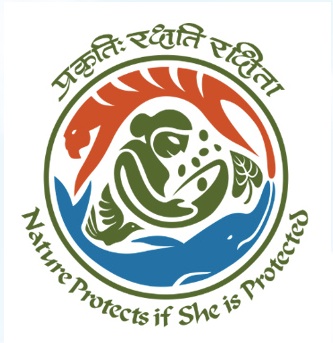
The REDD-PAC project organized a side event at the 11th Conference of the Parties of the Convention on Biological Diversity. The side event, chaired by Tim Christophersen from the CBD Secretariat, was attended by 70 people. Both Tim Christophersen and Axel Benemann from BMU, whom provided a welcome to the event, stressed the importance of the issues raised. The key links between the CBD and UNFCCC decisions on Reducing Emissions from Deforestation and forest Degradation, conservation of forest carbon stocks, sustainable management of forests and enhancement of forest carbon stocks (REDD+) were presented by Johannes Stahl of the CBD Secretariat.
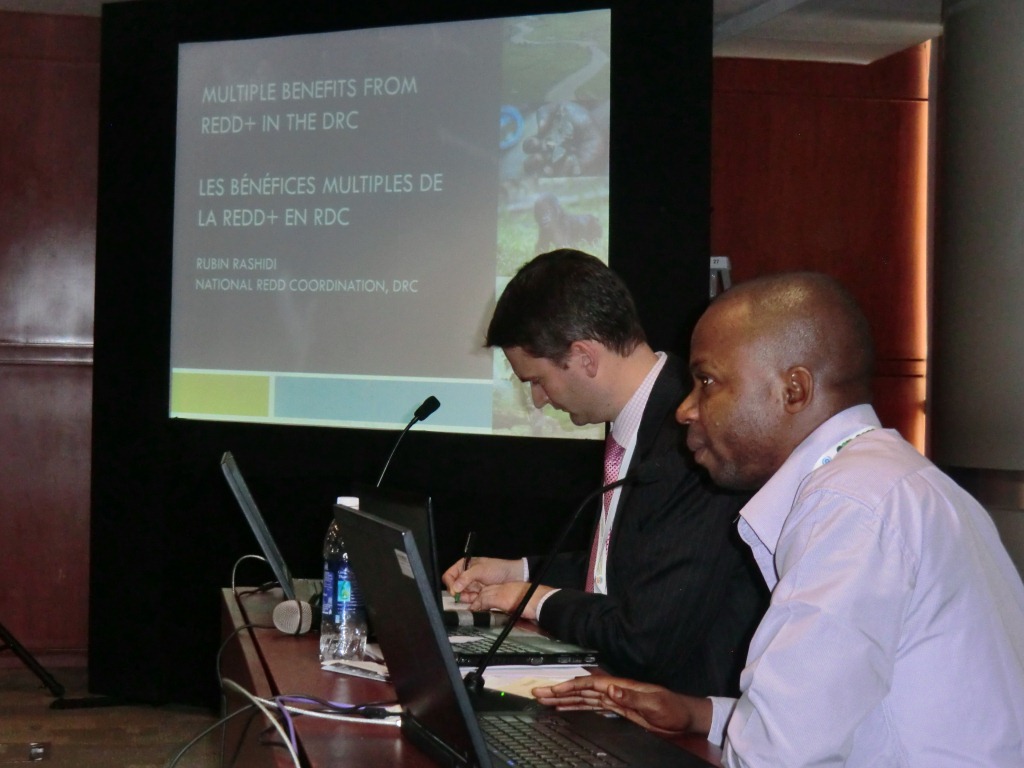
REDD+ can potentially contribute towards achievement of the CBD Aichi Biodiversity Targets as many of the targets link into the objectives of REDD+. The side event was organised by the REDD-PAC project and aimed to increase awareness of the project within the CBD audience. Florian Kraxner of IIASA introduced the REDD-PAC project. He described how the project will evaluate biodiversity impacts associated with REDD+ implementation in the Congo Basin and Brazil based on land-use modelling and biodiversity indicators. The project will conduct related analyses for six other countries.
Two of the countries that involved in the project, Vietnam (one of the additional six countries) and the Democratic Republic of Congo (part of the Congo Basin work), contributed to the side event by presenting their experiences in linking REDD+ and the CBD objectives.
Nguyen Ngoc Linh of Vietnam presented Vietnam's new NBSAP. The new NBSAP includes systematic consideration of REDD+ benefits and risks to delivery of a number of national biodiversity targets. Close links were made between biodiversity and REDD+ departments in producing the NBSAP. The NBSAP included objectives and related activities many of which relate to REDD+.
Rubin Rashidi presented work in the Democratic Republic of Congo on assessing the potential for multiple benefits for REDD+. The work included spatial analysis of carbon and biodiversity. Overlaying maps of carbon and biodiversity shows that high carbon areas are also important for biodiversity including gorillas, chimpanzees and bonobos. The Democratic Republic of Congo is also developing safeguards for REDD+ to ensure multiple benefits from REDD+.
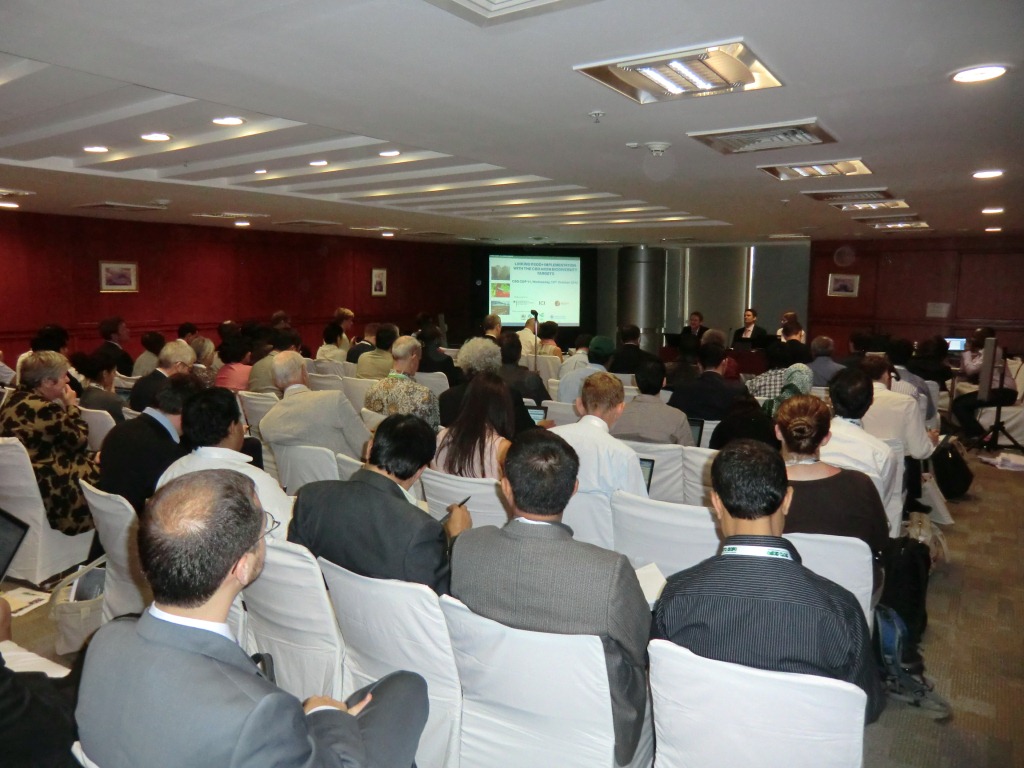
In addition to the country presentations Klemens Riha presented work carried out by GIZ on the links between REDD+ and CBD in Ecuador and Laos. The side event closed with a presentation by Rebecca Mant of UNEP-WCMC of the key questions within the REDD-PAC project. Discussions included the importance of including consideration of wider environmental services and impacts on local communities, including through consideration of non-timber forest products.
Workshop Presentations
Florian Kraxner(IIASA) - REDD-PAC and Biodiversity
Rubin Rashidi (DRC) - Multiple benefits from REDD+ in DRC
Klemens Riha (Germany) - REDD+ related risks, opportunities and safeguards for biodiversity conservation in Lao PDR and Ecuador
Johannes Stahl (CBD) - REDD+ and CBD Policy Links
Rebecca Mant (UNEP/WCMC) - Linking REDD+ with CBD Aichi Biodiversity Targets

International Institute for Applied Systems Analysis

National Institute for Space Research - Brazil
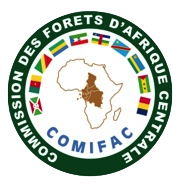
Commission des forets d'Afrique Centrale/Central African Forests Commission

United Nations Environment Programme World Conservation Monitoring Centre

Instituto de Pesquisa Econômica Aplicada
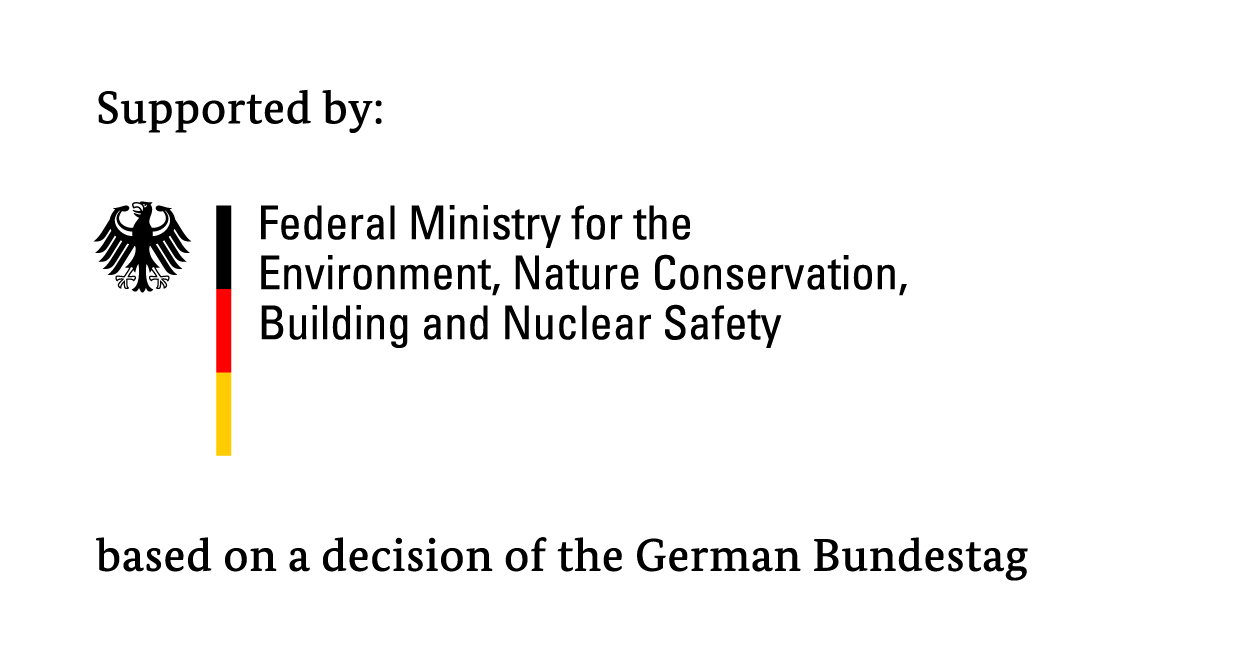
Germany International Climate Initiative
